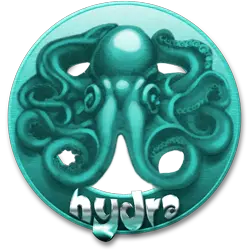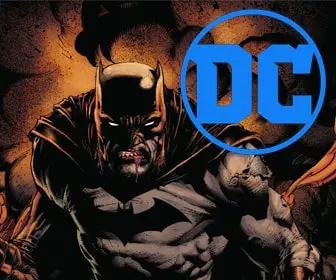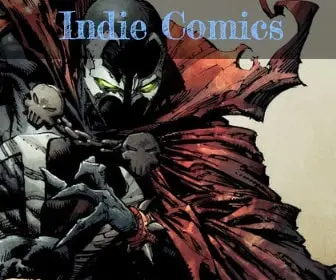
American Comic Books vs. Japanese Manga
When it comes to graphic storytelling, American comic books and Japanese manga are two of the most popular and influential forms worldwide. While both share the core element of combining art with narrative, there are distinct differences in their formats, including the dimensions of the books, presentation, and reading flow. This blog post aims to explore these differences, offering a deeper understanding of how these formats shape the reader’s experience.

Book Dimensions and Presentation
American Comic Books
- Size: Traditionally, American comics are larger, often measuring around 6.625 x 10.25 inches. This size offers a broad canvas for detailed artwork and larger panels.
- Color: American comics are typically printed in full color, which adds to the visual impact of the story.
- Binding: Most American comics are first released as single issues (also known as “floppies”), which are later collected into larger volumes or graphic novels.
Japanese Manga
- Size: Manga are generally smaller and more compact, typically printed in “tankobon” size, which is around 5 x 7 inches. This smaller size makes manga more portable.
- Black and White: Manga is usually printed in black and white, though some special editions or chapters may be in color. The focus is more on line art and shading techniques.
- Volumes: Manga is often serialized in magazines before being collected into tankobon volumes. These volumes are the primary way manga is consumed.
Reading Direction
- American Comics: Read from left to right, following the Western reading pattern.
- Japanese Manga: Traditionally read from right to left, including both the text and the artwork. This can be an adjustment for those new to manga, but it offers an authentic reading experience that aligns with the original Japanese format.
Storytelling and Genres
- Story Arcs and Serialization: American comics often have long-running characters and universes, with story arcs that can span multiple issues or even crossover into other series. Manga series are typically written by a single author and follow a more linear storyline, often concluding after a certain number of volumes.
- Genres and Demographics: Both American comics and manga offer a wide range of genres, but manga categorizes its content more distinctly by target demographics, such as Shonen (young boys), Shojo (young girls), Seinen (adult men), and Josei (adult women).
Artistic Style
- American Comics: Characterized by a realistic approach to human anatomy and perspective, often with dynamic and exaggerated action scenes.
- Japanese Manga: Features a wide range of artistic styles, often noted for its emphasis on expressive character designs, including large eyes and emotive facial expressions.
Cultural Influence
The format and presentation of American comics and Japanese manga are deeply influenced by their respective cultures. American comics often reflect western themes and ideologies, while manga can provide insights into Japanese society, norms, and storytelling traditions.
Final Thoughts
Both American comic books and Japanese manga offer unique experiences in storytelling through their distinct formats. From the size of the books to the style of art and narrative structure, each format provides its own way of immersing readers in compelling stories. Understanding these differences enriches the reading experience and appreciation for these two influential forms of graphic storytelling. Whether you’re a fan of the bold, colorful pages of American comics, or the intricate, flowing panels of manga, both formats offer rich, diverse worlds waiting to be explored.










